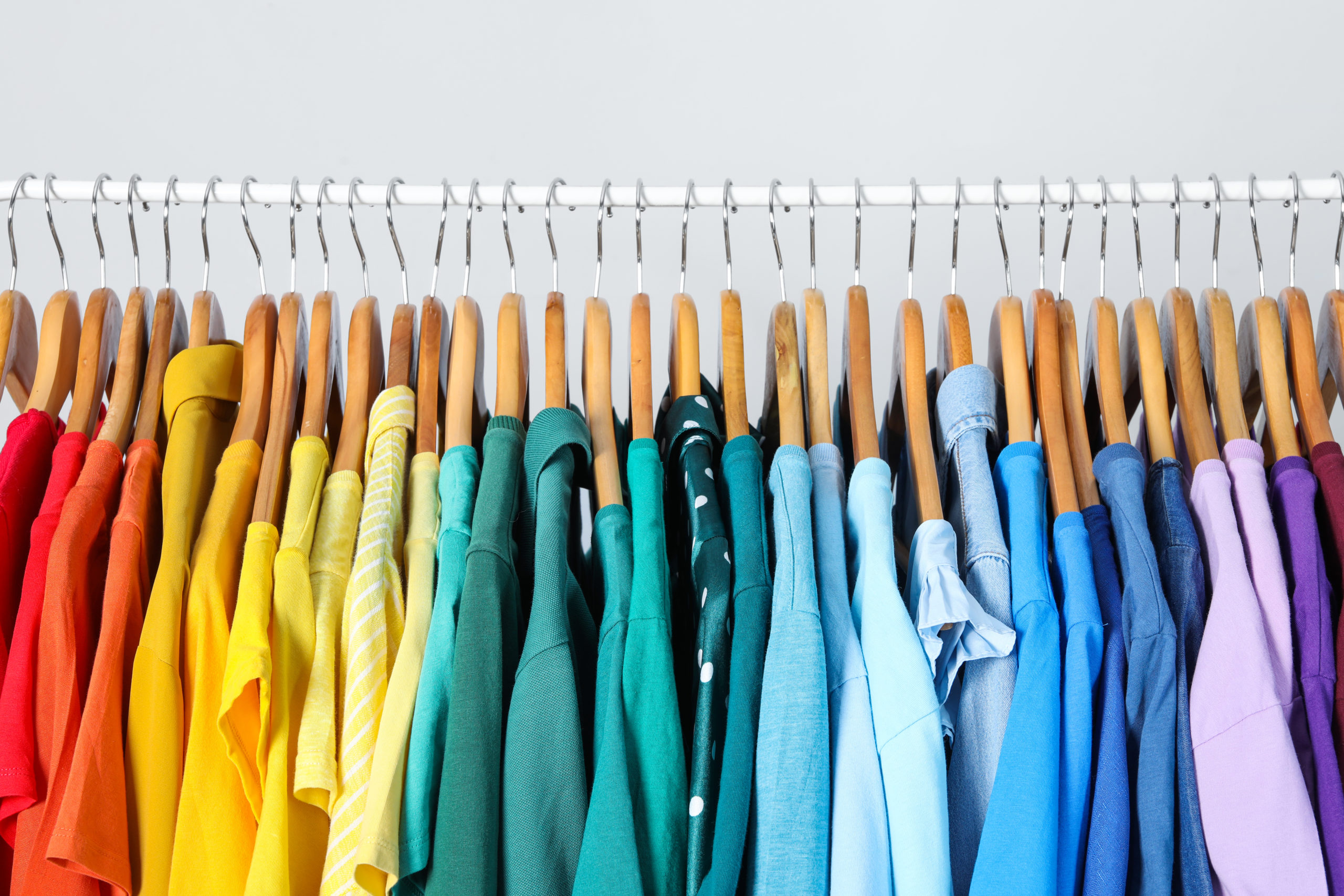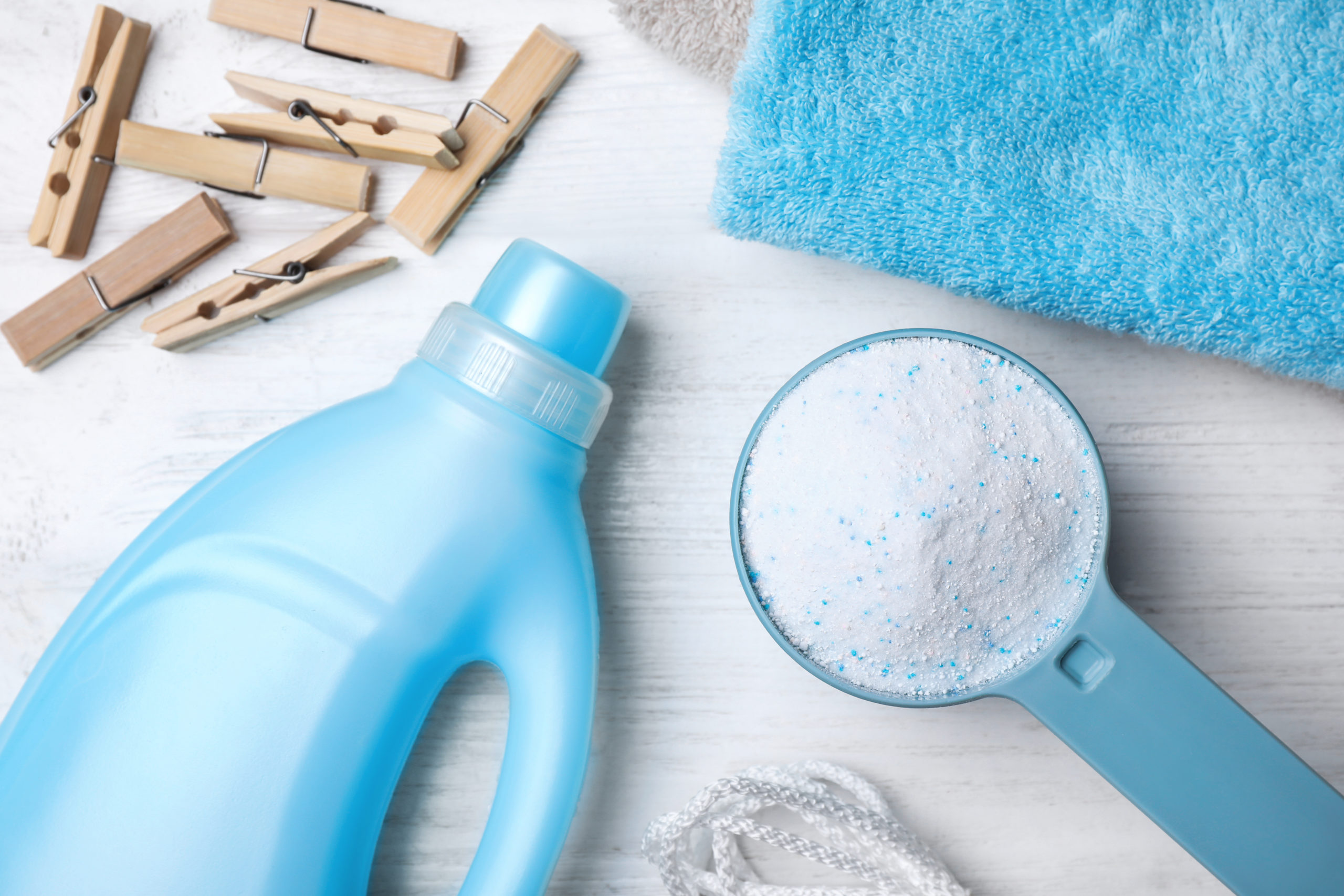Are you someone who likes to wear new clothes straight from the store or the delivery package, without washing them first? While it might be difficult to resist the perfect feel of wearing new clothes, it is recommended that any clothing worn in direct contact with your skin (especially things like underwear, t-shirts or shorts) be washed before wearing. Here’s why:
New clothes can be home to pathogens or germs.
After clothes are made in a factory, they are packaged and sent from one place to another through various modes of transport before they reach the store. In this process, your new clothing item may have encountered pathogens and germs along the way. While you may not be able to see these microscopic organisms, but that does not mean that they don’t exist.
New clothes may have lingering bacteria.
Depending on how long clothes have sat in the store, and how many people have tried them on, it is possible that bacteria can linger in the fibers and be transferred from one person to another through the fabric.
New clothes can contain chemical irritants.
Many manufacturers include chemical finishes on clothes to enhance their texture and reduce wrinkles, which can irritate sensitive skin.
New clothes can transfer dye to your skin.
Fabrics made from synthetic fibers can be colored with dyes that can be transferred to your skin or other garments leading to irritations or stains.
Running your clothes through the wash cycle a second time without the soap will help get rid of any residual detergent and help your clothes last longer. You’ll be amazed at how much soap is still in the drum during this second “wash.”
While you likely will not experience any serious health issues by not washing clothes before wearing them, more than anything – washing clothes before wearing is just good personal hygiene. Before washing, make sure to follow the instructions on the care tag.








